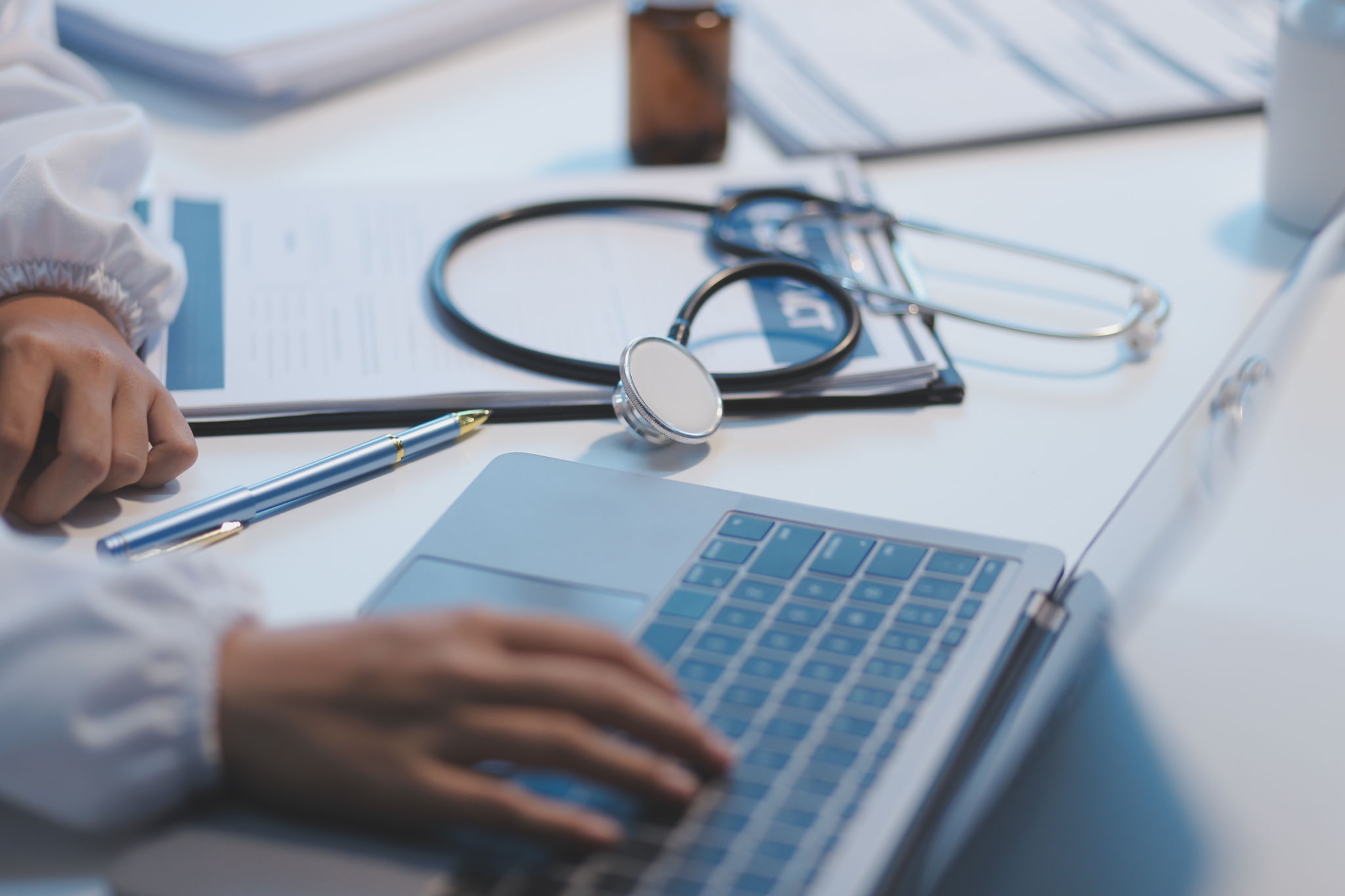Understanding the Benefits of Remote Patient Monitoring: A Comprehensive Guide
What is Remote Patient Monitoring?
Remote Patient Monitoring (RPM) is a healthcare delivery method that utilizes technology to monitor patient health data outside of traditional clinical settings. This innovative approach enables healthcare providers to keep track of a patient's vital signs, symptoms, and other health-related information from a distance. By leveraging digital devices and communication tools, RPM ensures continuous care and timely interventions, enhancing the overall quality of healthcare.
RPM has gained significant traction in recent years as it offers multiple benefits to both patients and healthcare providers. From improving patient outcomes to reducing healthcare costs, the advantages are numerous and substantial.

Benefits for Patients
Improved Access to Care
One of the most compelling benefits of RPM is its ability to provide patients with improved access to care. Patients residing in remote or underserved areas can receive consistent monitoring and medical guidance without the need for frequent trips to healthcare facilities. This is particularly beneficial for individuals with mobility challenges or those who require long-term care management.
Enhanced Patient Engagement
RPM empowers patients to take a more active role in managing their health. By providing them with access to their health data, patients can better understand their condition and make informed decisions about their lifestyle and treatment options. This increased engagement often leads to better adherence to treatment plans and healthier outcomes.

Benefits for Healthcare Providers
Efficient Use of Resources
For healthcare providers, RPM offers an efficient way to manage resources. By remotely monitoring patients, clinicians can identify potential issues early on and prioritize care for those who need it most. This proactive approach not only improves patient outcomes but also optimizes the use of healthcare resources, reducing unnecessary hospital visits and admissions.
Data-Driven Insights
RPM generates a wealth of data that can be invaluable for healthcare providers. By analyzing this data, clinicians can gain insights into patient health trends, allowing for more personalized and effective treatment plans. Furthermore, the continuous flow of information helps in identifying patterns that could be critical in preventing complications or managing chronic conditions.

Cost Savings
The financial benefits of RPM cannot be overlooked. By reducing the need for in-person visits and hospitalizations, RPM significantly lowers healthcare costs for both providers and patients. This cost-effectiveness makes RPM an attractive option for healthcare systems aiming to deliver quality care while managing expenses.
Insurance companies are increasingly recognizing the value of RPM and are beginning to offer coverage for such services, further promoting its adoption across the healthcare industry.
The Future of Remote Patient Monitoring
As technology continues to advance, the potential for RPM is limitless. Innovations in wearable devices, artificial intelligence, and telemedicine are paving the way for more sophisticated RPM solutions. These advancements promise to enhance patient care even further, making healthcare more accessible, personalized, and efficient.
The adoption of RPM is expected to grow exponentially as more healthcare providers and patients realize its benefits. By embracing this technology, the healthcare industry can move towards a more sustainable and patient-centered model of care.

